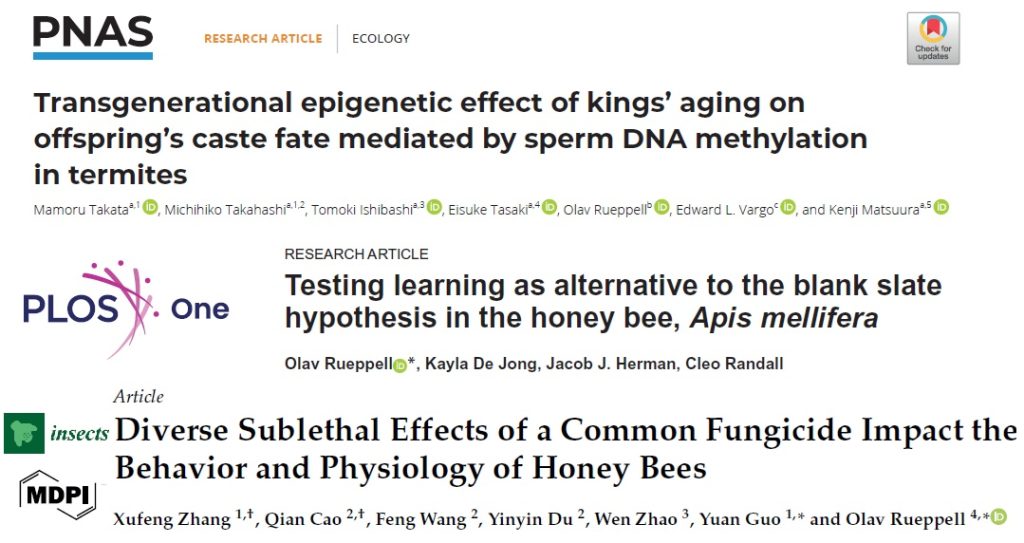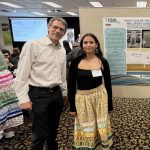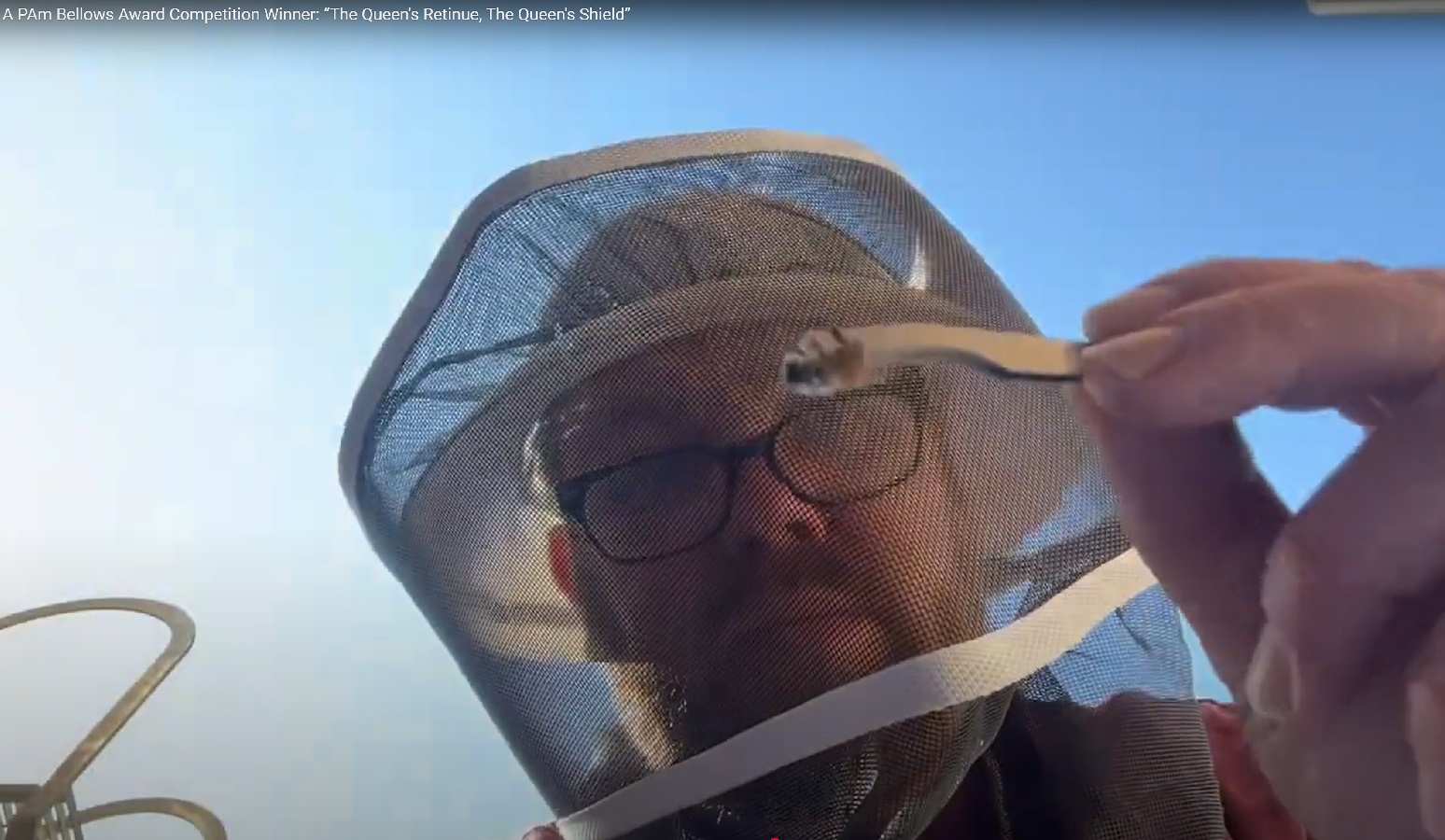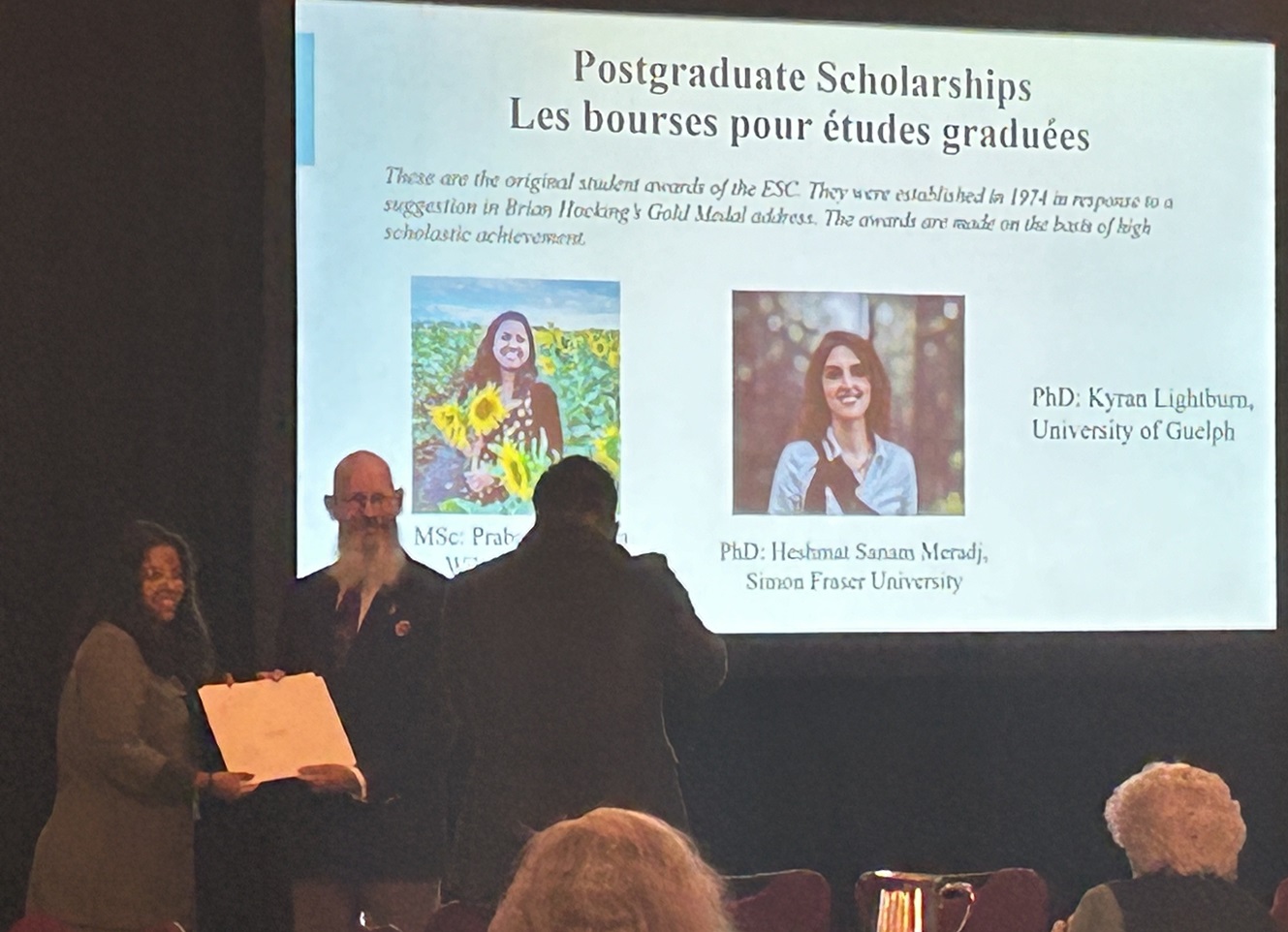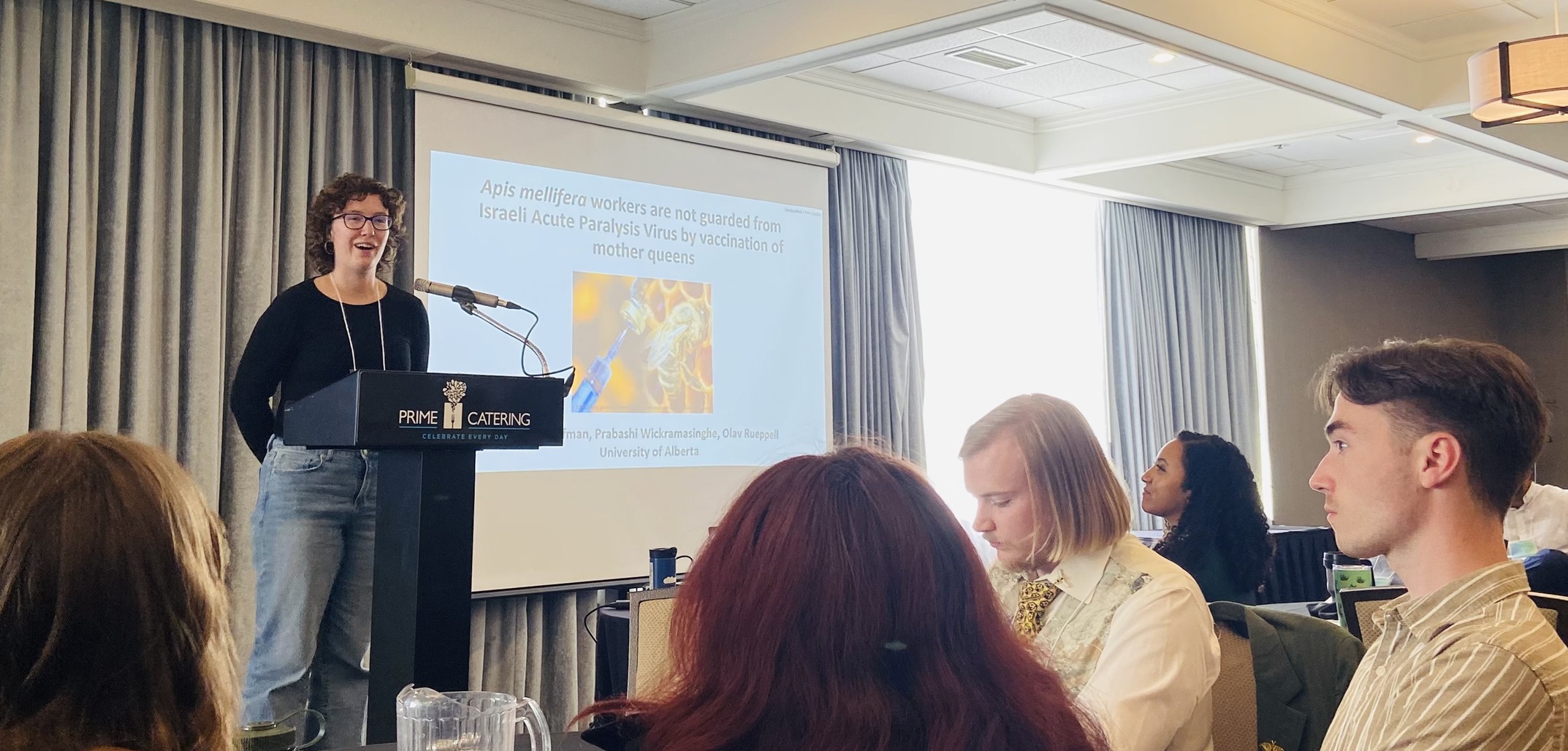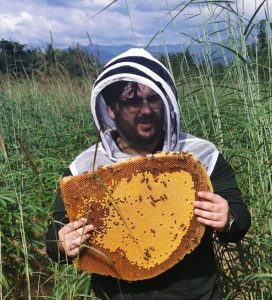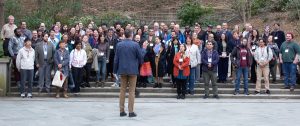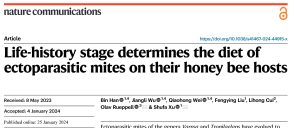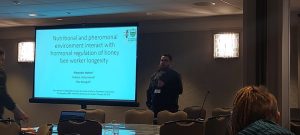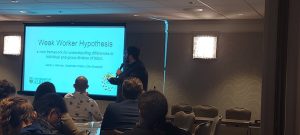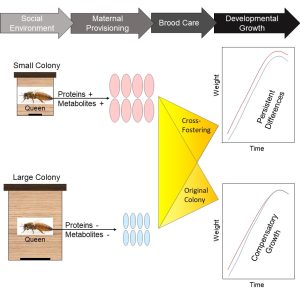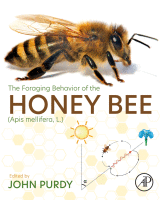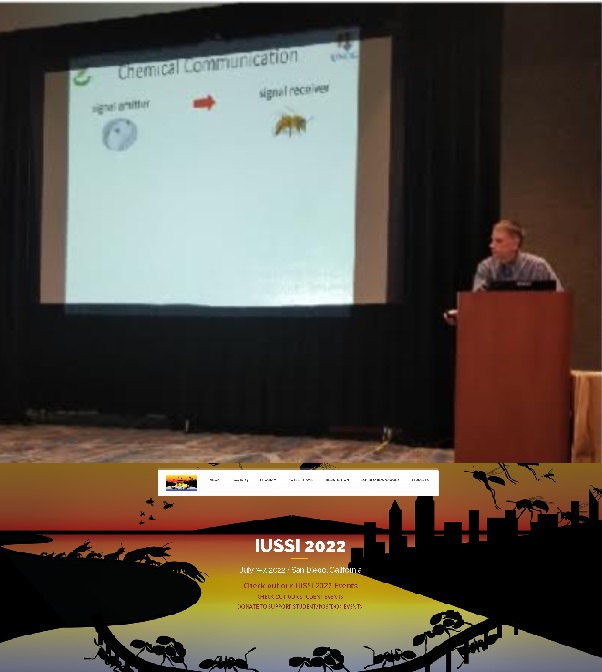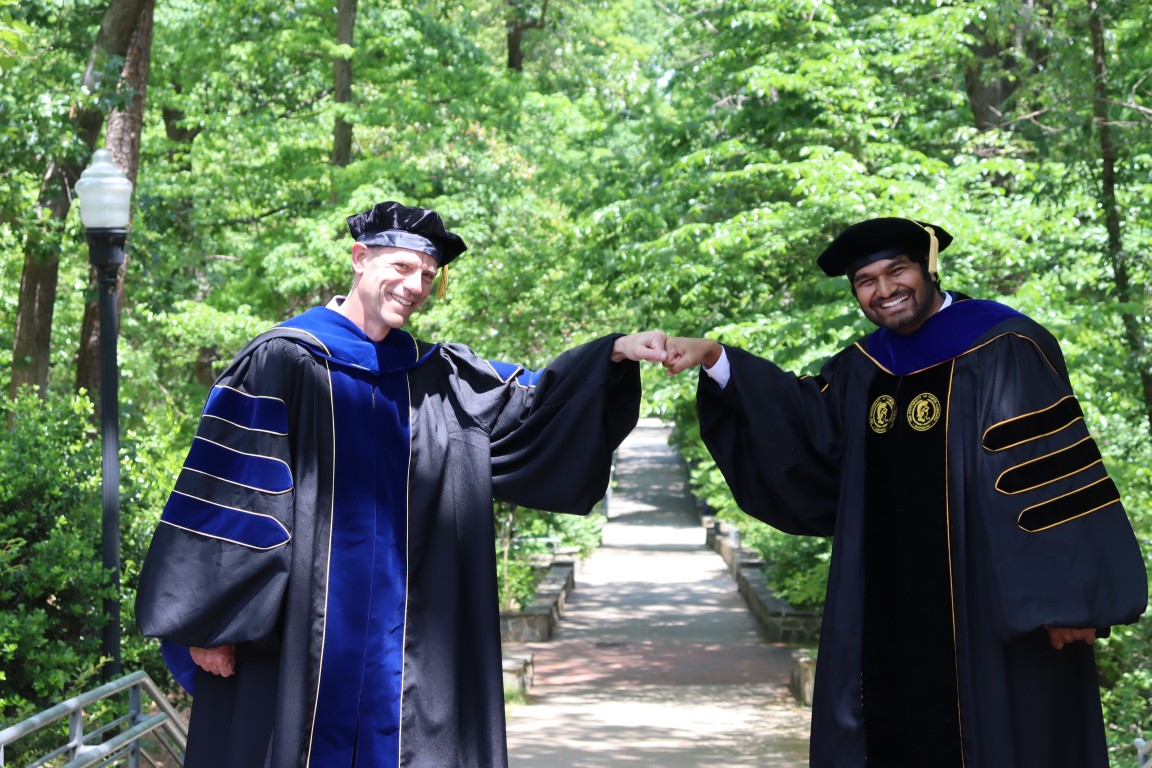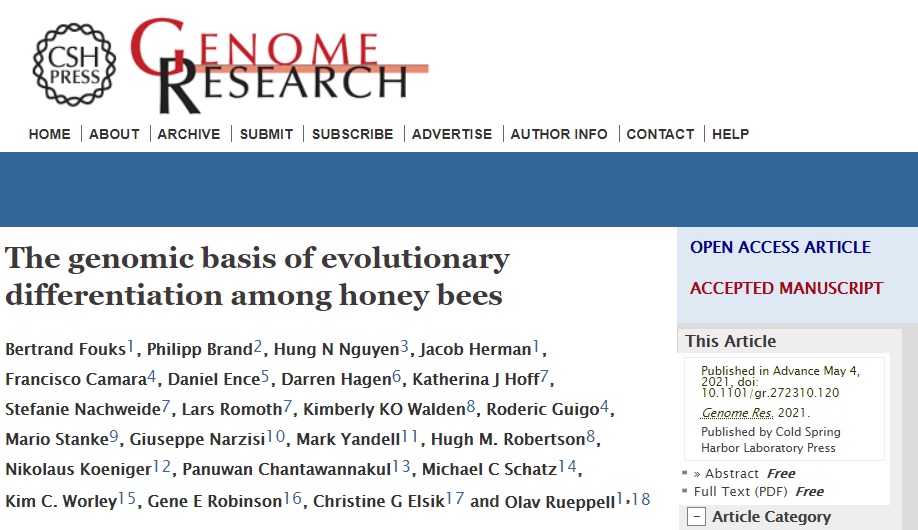Congratulations to Jake as his first lead-authorship publication is available here. An important conceptual contribution, which is nicely summarized by the following AI summary:
The “weak worker hypothesis” is a scientific concept explaining how social insects divide labor based on an individual’s physiological “weakness” to a specific stressor. This hypothesis proposes that an individual worker’s susceptibility to a stressor, like heat, makes them more likely to perform the task that mitigates that specific stress at the colony level, such as fanning to cool the hive. Therefore, “weakness” is a functional driver for task specialization, leading to more efficient colony-level stress response.

